
Top Sellers
Top 50 Best Newest Supplements Top Protein Top Pre-Workout Top Post-Workout Top Fat Loss Top Intra-Workout Top Health & Wellness Powerlifting Books
Workout Accessories
Videos
Workout Music
Powerlifting Books
Workout Accessories
Videos
Workout Music
Ads
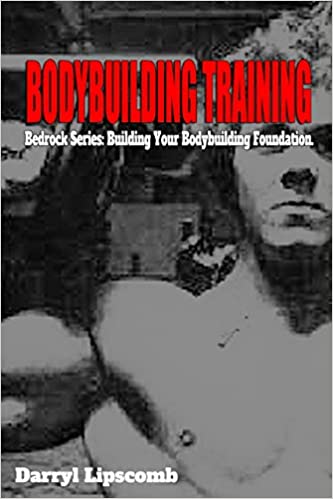
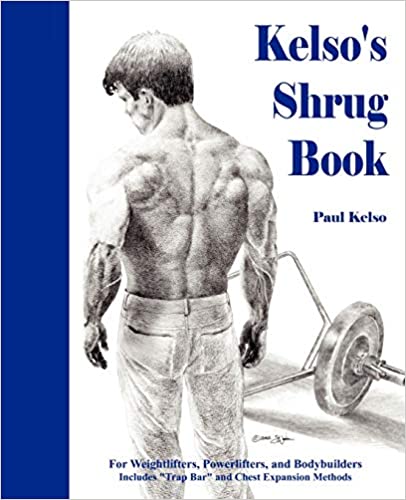
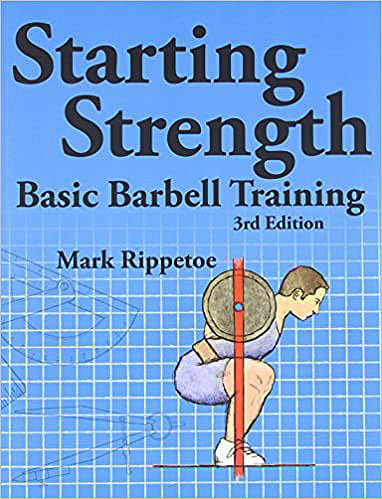

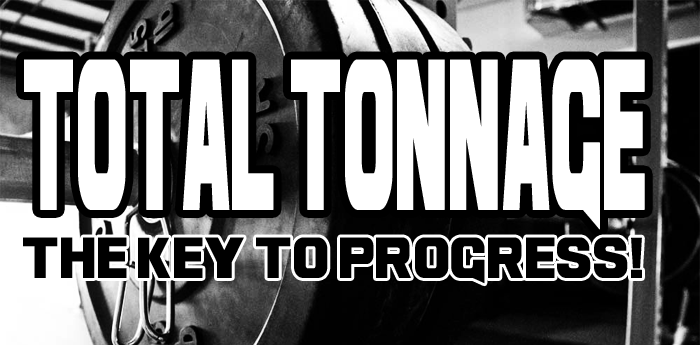
 By: MuscleSports.net
By: MuscleSports.net

20 years ago when information first began leaking out about Eastern bloc training systems, one of the more significant items to emerge was that the athletes engage in a preparatory phase prior to cycling for competition, in which the main concern is an increase in the total tonnage over the previous preparatory stage. The research done by the scientists in those countries had proven rather conclusively that this type of training is paramount to increased performances on the lifting platform later on.
The physiological reason as to why this is the case is complex and even open to debate on the theoretical level. Suffice it to say that, in a very abstract sense, the body is an electromagnetic force field whose parameters expand as a response to increased gravitational demands. Or, in other words, the more total weight that the body Is subjected to endure, the more it will grow as a result. The bottom line, all theories aside, is that it way of training works.

The next thing I am going to say will not be so free from controversy: Namely, that apart from the actual exercises selected, which will depend on which branch of the iron game the individual plans to explore, the actual method used to increase one’s total tonnage, is irrelevant. Or, in other words, if one wants to subject the body to X tons of work, there is no easy way to do it. No matter how the sets and reps are broken down, it is going to hurt, the body is going to feel blitzed or beyond blitzed. With proper rest and nutrition, there will be growth as a result.
Now, I am sure that the first people to recoil with horror at my suggestion would be the Eastern bloc scientists. But then, politics has a way of infiltrating everything and so the regimentation of their societies has found its way into the locker room. One of the things that I have always found most beautiful about the iron game in the West is that we have the freedom to experiment. And when one begins to look through the training systems of the great men of iron in our country, one does find the total tonnage concept popping up every where, mostly implicitly, but in different guises, and all of which seems to work, which lends evidence to my theory. And the fact that there is no uniformity has definitely not hurt our results. Our country is far superior in two out of the three branches of the iron game - powerlifting and bodybuilding. We are good at Olympic lifting but that requires athletes of the faster twitch variety and most of them are playing other sport that pay allot more money!
And now my little RANT, if I may be permitted to digress for a minute, since it is germane to my argument, I would like to say that although we are not very competitive in Olympic weightlifting, I have always felt it to be an unfair criticism that Eastern bloc writers have leveled at the United States, that we have somehow failed because we are not superior in that branch of the iron game, too. Ask yourself, what kind of attributes does a top Olympic lifter need? Speed, strength, timing, quick reflexes, balance, explosive power and flexibility. And now ask yourself where these qualities are most often manifested in American sports. Why, in football of course. There is no doubt in my mind that a majority of NFL players and many others in varying pro sports would make a phenomenal Olympic lifter, and yet why would they want to do that when he can get rich toting a pigskin around, hitting a baseball or sinking a three point shot?
Even the smaller guys with these athletic attributes go into wrestling since there is no high school weightlifting, although most are good enough to play high school football and intramural college football anyway. So, by the time they leave college and size does become a factor, it is really too late for them to start Olympic lifting. And, to further blunt the Eastern bloc critics, iron, including some total tonnage work (although it is not labeled as such) such as the very popular circuit training now used by many teams for part of the year. It is a nebulous comment indeed to say that there is more iron pumping going on in communist countries and, even more so, that regimentation is the only way to get results.
Look at some of the behemoths we have on the football field to go along with our superior bodybuilders and powerlifters. And yet countless different systems have been used, based on a few key concepts, one of which Is total tonnage. To criticize the United States for having inferior Olympic lifters Is tantamount to criticizing communist countries for having no football players. Now, that is not to say that the regimented tonnage systems used in communist countries will not work; obviously they do. But, to get back to my original point, they only work because any system will work as long as the correct exercises are employed and the total tonnage is in-creased. And, the bottom line here is that the superstars in communist countries like Alexeev, are allowed freedom in training anyway. Thank You!!!
To further prove that high tonnage training works, let us look at two of the very best people in the West. Paul Anderson once the all-time unofficial leader in the squat and, at various times In his training, the amount of total tonnage he used was incredible. In fact, he sometimes did hundreds of squats with no weight at all. Tom Platz, on the other hand, is almost unanimously credited with having the best developed legs ever and, although he varies his workouts frequently, he also includes some total tonnage in his work using 30 to 50 or even 70 repetitions per set.

Of course, these are not the only methods. Other ways of working on one’s total tonnage would be Johnny Fuller’s (of bodybuilding 80's)10 x 32 on all exercises; the rest-pause system whereby a weight is used that can be handled for 15 repetitions, and with very little rest between sets, seeing how many reps can be performed in 15 minutes, or doing one rep with a certain weight every minute until 100 sets have been completed.
My own system is based on the principle of getting something very painful over with as fast as possible, so I just use one set of mega-repetitions. This idea was originally suggested to me a number of years ago when I was reading about a female marathon runner who used 100 x 100 in the squat as part of her training.
Liking a challenge, I worked at it off and on between heavy cycles until I could perform this feat. Along the way I realized that this was another method of increasing my total tonnage prior to cycling for heavy lifts. So now when I am in this preparatory phase of my training, I can increase my total tonnage by a ½-ton by increasing the weight and repetitions by five. So the next time around I dId 105 x 105 and then 110 x 110 and so on. But has it worked, the reader might ask? Have my individual squats increased? Of course this is only one phase of my training, but it certainly has not hurt. My squat went up every year, starting with a 235 at 143 lbs at 15 years of age, to my last tested effort of 735x3 at 46 years of age (adolescent growth was a factor when I started but at 46 and squatting a triple at 735 adolescent was long gone but the program was still working.)
Because I am more of a physical scientist interested in discovering the immutable laws of bodybuilding, powerlifting, and plain old fashion weightlifting, rather then being strictly an athlete, I experiment on myself with the one event that I happen to enjoy - TRAINING. However, this type of training can and should be used for any muscle group or weightlifting event. Almost all successful powerlifters use some type of total tonnage training at various points in their training. The Finnish deadlift routine that was being widely used in the 80's employed this type of training in the early phase with 10 sets of 10 repetitions In the stiff-legged deadllft off blocks. Lamar Gant, the world’s top deadlifter pound for pound, was known to work many sets of 20 repetitions in the deadlift until he was ready to drop. And Don Blue, a light-weight champion of the mid-seventies, used 10 x 10 in all three powerlifting events.
Remember, I never said that the exercises used in this type of training is irrelevant. That means, Olympic lifters working on their total tonnage training phase would surely want to use squats and various pulling and pressing movements, which ones exactly would be open to a certain amount of debate. This is how the Eastern bloc athletes handle this phase of their training. They have no Jobs, so what they are doing in actuality is simulating hard work, but in a methodical fashion. Basically, that is all I am talking about; hard work, the Puritan work ethic.
Take any human being, have him/her work very hard over time, give him/her all the rest and nutrition they need and if they have the proper heredity for growth he/she will get bigger and stronger. It is exactly what goes on in Eastern bloc training centers. It is just that the exercises are selected to stimulate growth in the most important muscle groups for the specific sport involved. The same thing goes on in football training camps; plenty of hard work, all the food they can eat and curfew hours. And this is the same kind of regimen that has produced, in a haphazard way, all the countless, asymmetric muscular giants that one sees walking around who have never touched a barbell, but who work long hours on a construction crews or loading docks, etc.
Jacked Factory
EAA Surge
EAAS & BCAA Intra Workout Supplement!
In fact, many years ago Dr. Terry Todd did an informal experiment in which he took kids from the city and had them do hard work on a camp, like chopping wood and other farm chores. After a certain amount of time, they all showed increases in their measurements and strength. Boxers are doing the same thing to improve their upper body strength and endurance when they chop down trees before a fight; and the bigger the fight, the more trees they cut. It is the same principle of total tonnage. I even experienced the same thing when I was in the Army. I did not lift weights in those days and the basic training was especially physically grueling. We were required to run everywhere, even back to the barracks after mess hall with a full stomach. And when I got home, a pair of pants I had bought just before I went in was much too tight in the legs and hips to wear anymore. The same principle was involved; good hard work, total tonnage. Actually, I do believe that most strength athletes do employ a certain amount of this type of training without calling it such nor computing their total tonnage. The latter is a mistake for how does the athlete know for sure that he is forcing himself to work harder without the empirical evidence of the total tons involved.
Now it is not only important to do this type of training; it is equally important to choose a system that can be done twice or three times per year and not vary it. Only by repeating a certain system and computing the tons involved will the athlete be sure that he/she is forcing the body to work harder. In other words, doing a bunch of haphazard exercises and computing the total tonnage would be as bad as not computing the tonnage at all. As I said, the original scheme of sets and reps chosen of the specific exercises involved is not that important, but once a scheme is chosen, it should be adhered to in preparatory training cycles. Only in this fashion will the athlete have a benchmark to go by. Got it, if its bodybuilding, powerlifting, or something else map it out for increased effort on given workout days over the course of a given cycle.
Apart from the fact that this type of training gets results, why Is it beneficial? First of all, we strength athletes are always being cautioned that lilting heavy all the time will “burn you out”. So. concentrating on total tonnage training now and then gives one a break from heavy lifting without just taking a time off break. Even more importantly, it is also a natural compliment to heavy training. One “burns out” doing heavy lifts because 1) it is hard on connective tissues, 2) it is not really conducive to muscular gains and 3) it becomes a chore psychologically to deal with heavy weight all the time. Total tonnage training on the other hand places more of a strain on the muscles, producing a tremendous overload on them, so that at first when one goes back to heavy training, the freshly strengthened muscles take some of the strain off the connective tissues, giving them a chance to get stronger. This is why we have found that when trainee go from total tonnage training to heavy lifting, it takes only a two-month cycle to surpass what they were previously hitting for singles. And conversely, when they go from heavy lilting to total tonnage training the connective tissue is stronger and so it only takes a few weeks and they can increase their training tonnage. The two definitely compliment each other.
On another level, total tonnage training will help you make gains because increases are basically a matter of will, whereas with heavy lifting, there comes a point where the body rebels and no matter how badly one wants another five pounds on a lift, the body will not respond or even winds up injured. Total tonnage on the other hand requires a mindset or will to punish one’s body a little more than last time and pick up the extra ton or whatever the goal is. This type of training is also not without risk though. Because there is such a tremendous overload on the muscles, the chance of cramping is ever present. So stretching before and after a workout should be employed, and an adequate supply of vitamins, minerals and water should always be used.
Another facet of this training is that it obviously taxes the cardiovascular system more than heavy training. This is one more reason that this type of training is important. One only has to lift in one contest or pump all day in one physique competition to know how important endurance is. Along with this being excellent cardiovascular work, it is an excellent way to expand the rib cage. I can guarantee that you can hang more meat on a larger rib cage, so it most definitely helps the athlete in the pursuit of muscular gains later on when he goes back to heavy training again. The question of whether or not muscular gains will be realized while on this type of program is an individual matter, depending on one’s metabolism.
Almost everyone will experience an increase in appetite on this type of routine because of the calories being burned and the muscle tissue being torn down, which must be replenished. But, if a person’s rate of metabolism is high enough, there will be no increase in weight, some guys get very big from heavy construction and others just get wiry strong. The bottom line here is that at least this type of training does not allow fat to set in and, for the aforementioned reasons, it will give one a base to realize the muscular potential that any given individual’s heredity will allow.
There is one last criticism that I can anticipate against this type of training — that it stimulates slow twitch muscle fibers instead of fast twitch. Of course this is no criticism for a bodybuilder; muscle is muscle as far as he is concerned. But what about a strength athlete? I am convinced that slow twitch muscle fiber can be used in a strength movement. In a chicken, for example, the wings are mostly fast twitch, and yet their wings could be used (theoretically at least) to lift things. From personal experience I cannot be convinced otherwise, I was my heaviest when I squatted 735x3 in 2006 @ 273 and had gained about 60 pounds of muscle since my high school days, with 2 inches in height. So, if I have added slow twitch muscle fibers, it certainly has not hurt me in my squats, bench, or deadlifts. Or as powerlifting legend Larry Pacifico used to put it when discussing bodybuilding for powerlifting sake, “One needs a cushion of muscle to go down with 600, 700 or 800 pounds in the squat.” And that cushion of muscle could include slow twitch muscle fiber. I rest my case.
In conclusion: we here at MuscleSports.net believe that the periodic, systematic employment of total tonnage training is one of the immutable laws of the iron game. To not employ this type of training is to invite stagnation to set into your career. In fact, we am so convinced that this type of training is essential that we teach it to our trainees from day one! We think even the fast gaining natural lifters can prolong their careers and avoid injuries by doing this type of training, even if they do not seem to need it over the first few years of their careers in order to make gains. Don't knock what works - USE IT!!!!
Tags: strength life strength programs

Thank You...

Send Us Your Comments:
Total Tonnage, The Key To Progress - Comments
Sponsored Products:
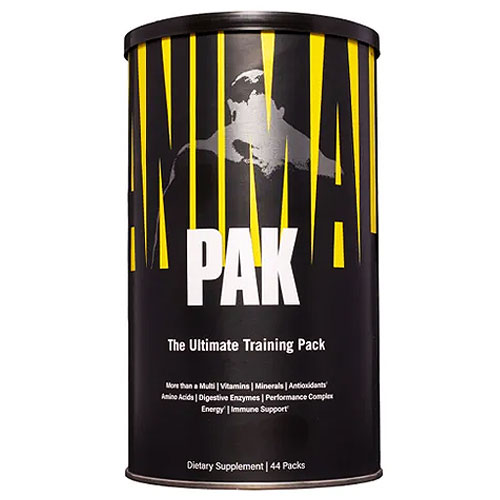
ANIMAL
PAK
Ultimate Training Pak!
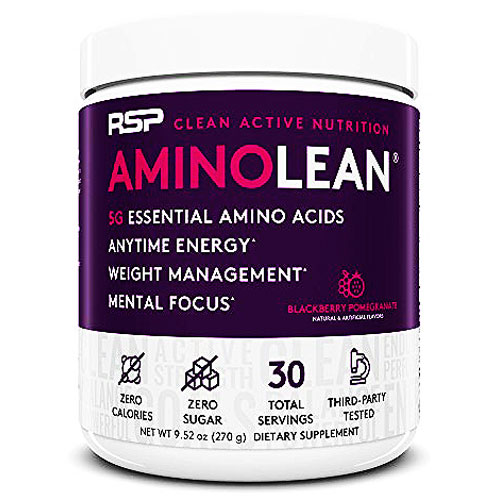
RSP Nutrition
AminoLean
All-in-One Pre Workout!

Optimum Nutrition
100% Whey
Faster-Acting HYDROWHEY!

Jacked Factory
NITROSURGE
HardCore Pre-Workout!
Comments: